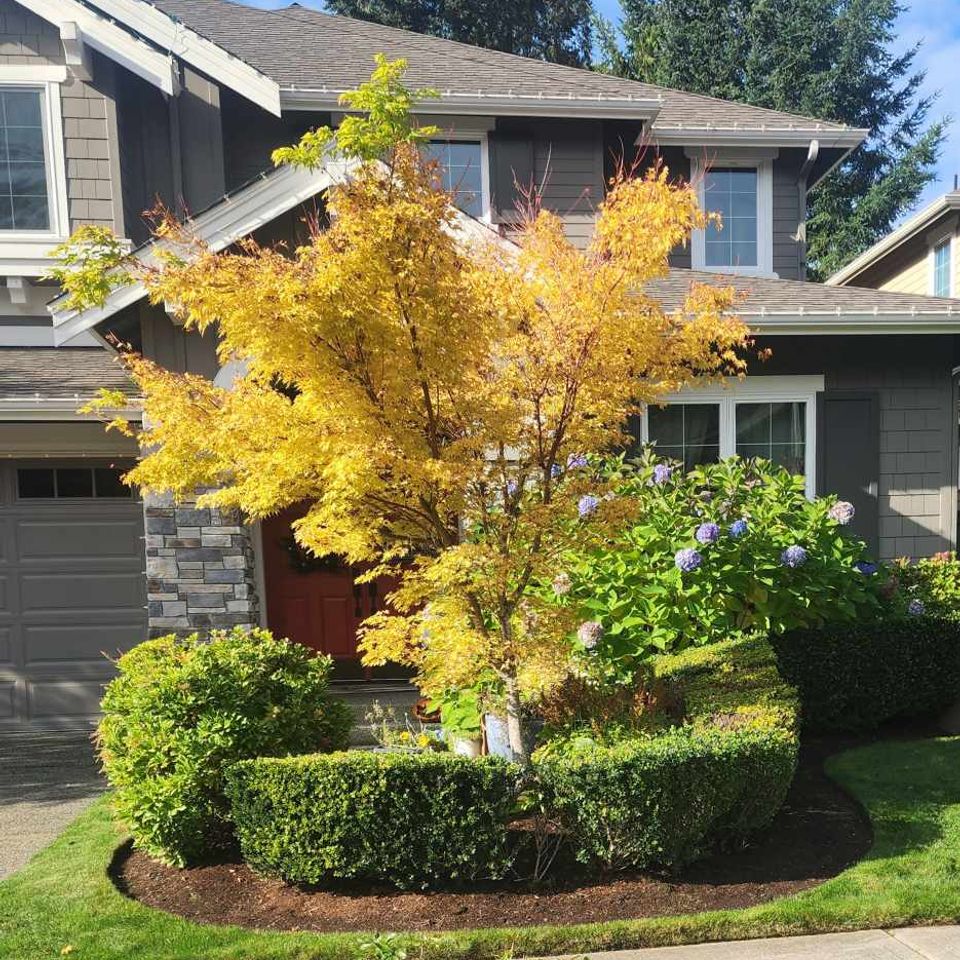By: Jeff Skierka
Prune like a pro and your trees will love you for it.
As I drive through neighborhoods, I am constantly amazed at the horrific pruning I see. While some plants are meant to form a hedge and should be sheared, most plants should not be. It pains me to see beautiful Japanese maples, flowering and fruit-bearing trees, and others lose their character and beauty by being sheared.
Properly trained pruners know that, to bring out the natural beauty of a plant, it is important to always start “inside” the plant and prune toward the outside.
Always use the following checklist, especially when pruning deciduous trees.
- Remove all dead branches.
- Always remove “suckers,” branches that often grow straight up from the base of the plant; if left unpruned they can overtake the main tree.
- Remove crossing branches.
- Remove branches growing toward the center of the tree.
- Make sure all pruning cuts are clean, diagonal, and cut to the nearest branch; never leave stubs.
A correctly pruned plant will maintain its beauty and character throughout the landscape seasons. Upon completion of pruning, you should be able to see though the plant. This will allow for a healthier tree or bush that can now “breathe.”
The optimum time to prune is after the temperatures have dropped and the leaves have fallen. The plants are now at a dormant stage and will not be stressed or bleed sap from pruning.
Properly pruned plants will be healthier and add value to the landscape for years and years to come.






